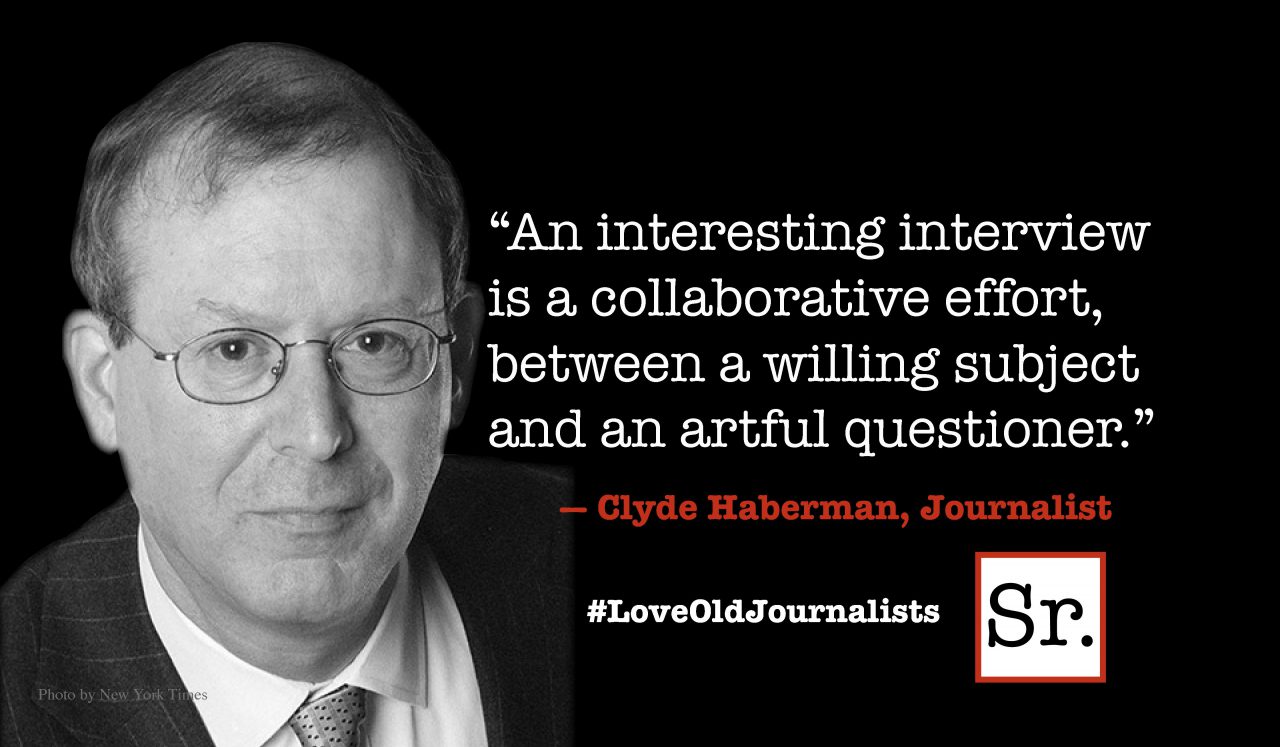I spent 5th and 6th grade at the American International School in Vienna, Austria. During those years, 1959 – 1961, Vienna was still remaking itself after the physical and social devastation of World War II. One of my favorite places was the Secret Garden that surrounded the ruins of a grand mansion down the block from our apartment building. The house was a gutted shell, but, if you climbed the still intact walls, you found yourself amid thigh-high grasses surrounding the cracked marble-lined pools that captured rainwater. Rambling roses draped otherwise immodest statuary. The city was like that, pocked with ruins, yet still beautiful.
Through my young eyes the citizens appeared grimly determined; gray somehow. The pace was stolidly slow and steady, measured, orderly – as though by working hard and “staying between the lines” a person could still find a way to the glittering future that had inexplicably descended, with ashes, into ashes. There was still, after all, the utterly entrancing Staatsoper, with crystal chandeliers, seemingly stories high, hung amid the voices of angels. Maybe one was supposed to keep your head down, but your eyes and ears in the heavens.
Perhaps it was the fact that my school was located in the heart of the city, that, we too, found ourselves in an orderly, controlled and measured environment. For example, when we took a test the results were posted the next day outside the classroom door – by name, starting with the best grade and descending to the worst. Black lines marked the cutoff for each letter grade. A brusque red line defined one’s slide into failure. The laudatory individualized marginalia of “good effort,” and “like what you are doing here” were decades away.
It was, then, with a strange feeling of déjà vu that I read a recent email:
"Each year, the Chancellor's Office requests an Annual Report from the College. In the past, the Dean has included highlights from each department/unit in the report. The College will continue that tradition. Therefore, the Dean has asked that each faculty member complete the attached Productivity chart. The Head will use the charts to create a department annual report, which will be sent to the Dean. Please send your completed productivity chart back by May 1. If you will put your information into the correct boxes it will make it easy to copy and paste it into the final chart document."
I opened the Productivity Report file and found a form that had a variety of columns: Books, Articles, Book Reviews, etc., even Poems and Short Stories. It was, despite lacking a column for Whimsical Paintings, or Pooh Bear Hums, quite a comprehensive list. Nonetheless there were a couple of chilling aspects to it. First, all of my colleague’s names were printed in one column, meaning, of course, that we were to enter our “productivity items” into our line. Second, it was clear that we were simply to enter numbers into each “productivity box”.
I found those aspects depressing and disconcerting because I could see in my mind’s eye a list of names with numbers after them; black lines marking the cutoff for each letter grade, and a brusque red line defining one’s slide into failure. The fact that the form mandated the use of numbers divorced from any reference to content, title, or venue, smacked of “keeping your head down and staying between the lines.” It seemed a gray depiction of my professional world. Keep turning out widgets that can be counted. Count your particular widget and put it in a box.
I would be far less disturbed if I thought this chart were the bizarre construction of misguided administrators in my university. Then I could simply shake my head and wait for them to fade away into the inevitable mist of retired administrators. My fear, alas, is that this list is the norm, not the exception. It is an accounting solution to the vexing national problems of “assessment” and “accountability.” Legislators, alumni, Promotion and Tenure Committees; they all need information to make decisions that are vital to both universities and the constituencies they serve. This method provides numbers that seem to inform those processes.
I say, “seem to inform” with great intentionality. The problem is that when data are gathered, people will proceed as if those data had meaning. Our productivity chart, and the others like it that I am sure are being employed at most universities, generate data that will easily be used to equate “numbers in a box” with “productivity” at a university. I would assert that any such relationship is coincidental. The flaws in such thinking are myriad. Let me just note a few of the most obvious. An article is not an article is not an article. Some journals are wonderful founts of information and insight, others are “huckster-esque” resume building buffoons. Still a publication in each warrants a mark in the same box. And now, how does one measure the academic worth of a poem? Is it the same as an article? Surely not a book – I mean, think of all the words in a book. Poems have far fewer. Are they of similar import? Let me count the ways…
The point is simply this: in the university we do not make widgets. We are charged with nurturing the flames of curiosity, knowledge and creativity. The product of our labors is to enable the more measurable productivity of others. I realize that such a perception is laughably quaint in the modern university. Which is one reason why, to quote Maurice Chevalier in Gigi, “I’m glad I’m not young anymore!”








